Did Michael Jackson live in ancient Greece?
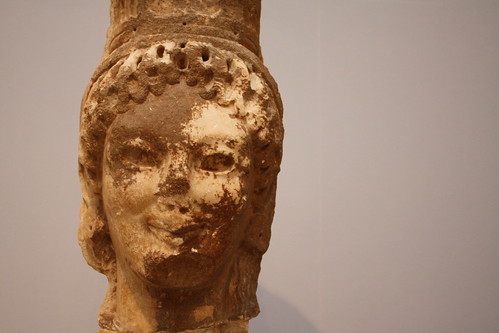
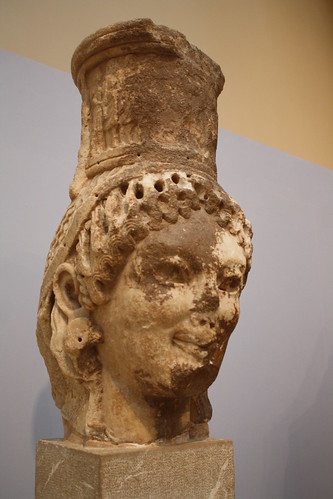
Spotted at the Temple of Apollo museum (motto: no flash photos, no photos with people in them, and no we don’t understand that second rule either.)
Here in Greece there’s a severe shortage of gasoline due to a delivery driver’s strike.
In this photo I took two days ago in Athens, the traffic to the left is moving. To the right, cars are lined up for almost three blocks waiting to pull into a gas station.
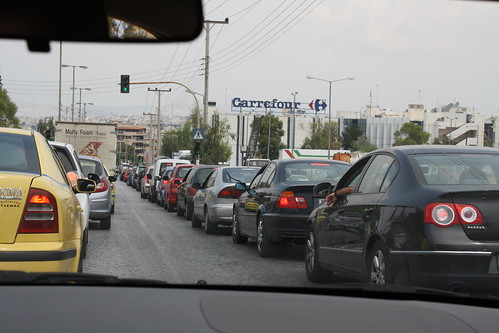
Another common site is closed gas stations. Here’s a BP that’s closing up shop.
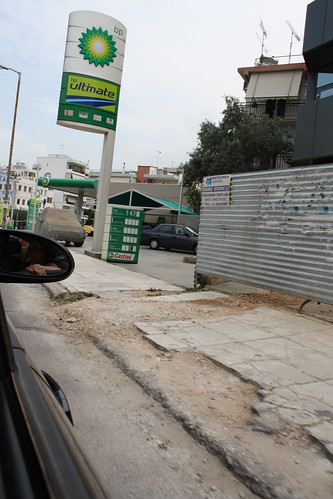
This isn’t limited just to major areas; small towns are having the same problem. Not a good time to go for a long drive since there’s no guarantee you won’t run out of fuel in the middle of nowhere.
Hopefully the strike will end soon. But in the meantime there’s still plenty of tasty Mythos beer to drink while we’re stuck in Kalambaka.
Now that Valencia St. has created an IRL version of Craigslist, people are beginning to post stuff.

Let’s look at what’s being posted.
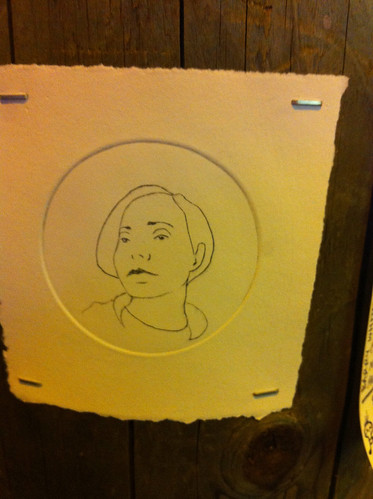
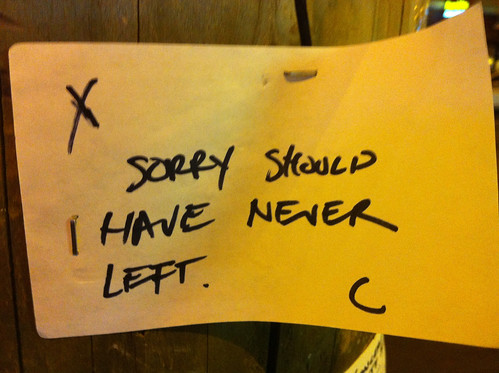
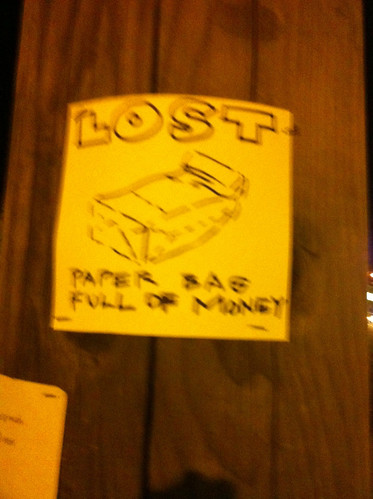
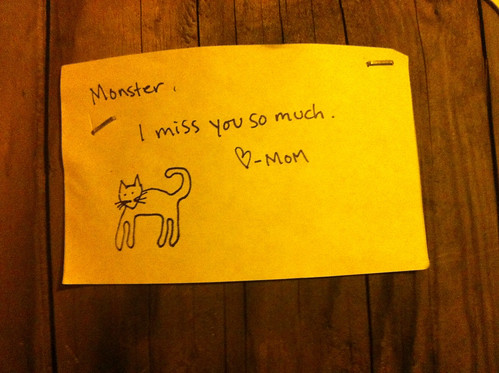

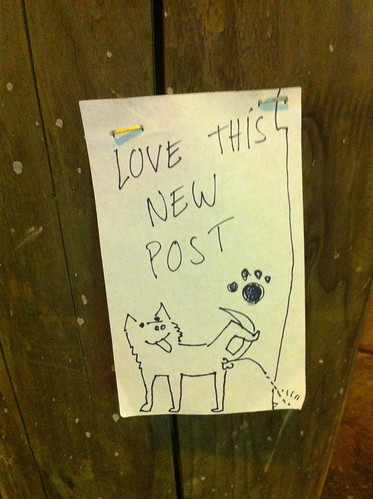
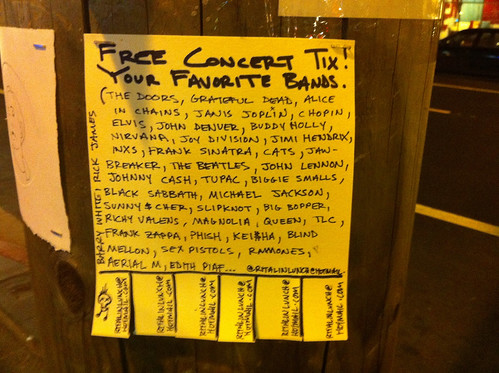
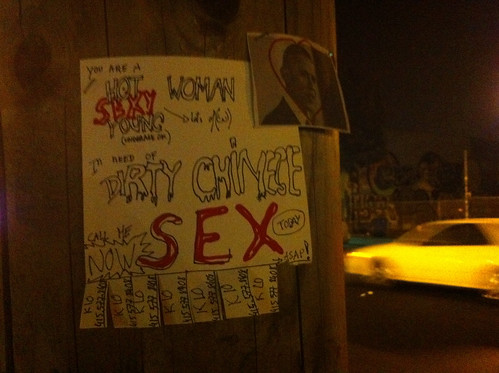
If you hadn’t guessed, the problematic white balance is because I got an iPhone 4. The camera gives everything a “peed on” look in low light, which seems quite redundant after dark in San Francisco.
This morning, “public post” signs were installed on those the Midget Phone Company poles on Valencia. Turns out they’re not midget phone poles at all, they’re actually intended to be used for stapling up posters for your DJ gig at Amnesia. Who knew?
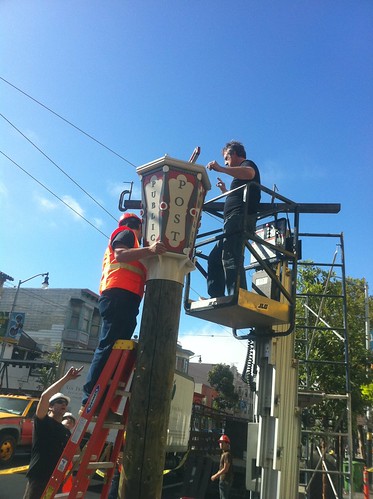
Update: These posts were designed by Michael Arcega for the San Francisco Art Commission.
Travel, movies, comedy, tech, and whatever I find on the streets of San Francisco.
Follow this blog with RSS or on Bluesky.
Contact: mrericsir “at” gmail.com
16thmission ameritrip2019 art bart cats chicago clarionalley coffee covid-19 dolores park europe film food graffiti greece gregg turkington history humor immersive los angeles mission movies muni munimetro murals museums Music nonchalance northbaytrip2019 on cinema photos public transportation Rant restaurants san diego san francisco soma streetart television the jejune institute tim heidecker trailers travel videos wtf